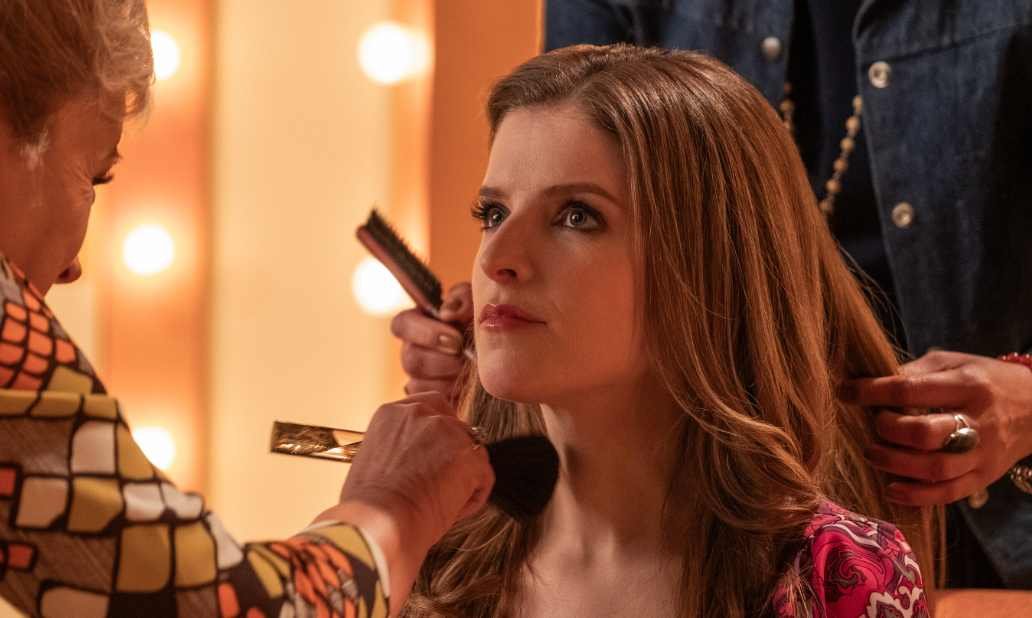Highlights
- Woman of the Hour focuses on female characters affected by the “Dating Game Killer.”
- Anna Kendrick’s directorial debut shifts focus from the killer to his victims’ experiences.
- Key female characters, Cheryl and Amy, use their wits to escape Alcala.
- Cheryl faces societal pressures about her appearance and advances from male characters.
- Laura’s dismissed warnings highlight issues women face when not believed by authority figures.
- Kendrick’s choice to remove sound intensifies viewers’ discomfort, focusing on victims’ perspectives.
Anna Kendrick’s “Woman of the Hour“ is a true-crime-inspired film centered on the notorious “Dating Game Killer,” Rodney Alcala.
However, Alcala plays a secondary role in this story. Instead, the movie spotlights the experiences of two strong women, Cheryl Bradshaw and Amy, whose lives intersect with Alcala’s dark path.
By focusing on female perspectives, Kendrick’s directorial debut effectively challenges typical true crime storytelling, intentionally keeping viewers from sympathizing with Alcala.
The film centers on Cheryl Bradshaw, portrayed by Kendrick, a young actress hoping to make her breakthrough on a dating show.
The constant evaluations of her looks and invasive behavior from male characters serve as a stark reminder of the judgments many women endure. Likewise, the character Amy, a young unhoused woman targeted by Alcala, represents the everyday dangers women face.
Both Cheryl and Amy use their wit and strength to escape Alcala, refreshing to see in a genre where female characters often lack agency.
Another central character, Laura, recognizes Alcala from her own traumatic experience but is dismissed when she raises concerns to her boyfriend and the police.
This reflects the unfortunate reality many women face: not being taken seriously when they raise concerns.
The film captures these instances powerfully, adding authenticity by showing how deeply fear impacts women’s lives daily.
Kendrick’s unique filmmaking techniques, like removing sound during key scenes, heighten the tension, especially when Alcala is on-screen.
This creative choice creates discomfort, underscoring the gravity of the women’s experiences and emphasizing their perspectives.
Overall, Woman of the Hour redefines true crime storytelling by giving a voice to the victims, making a strong case for the importance of female perspectives in film.
